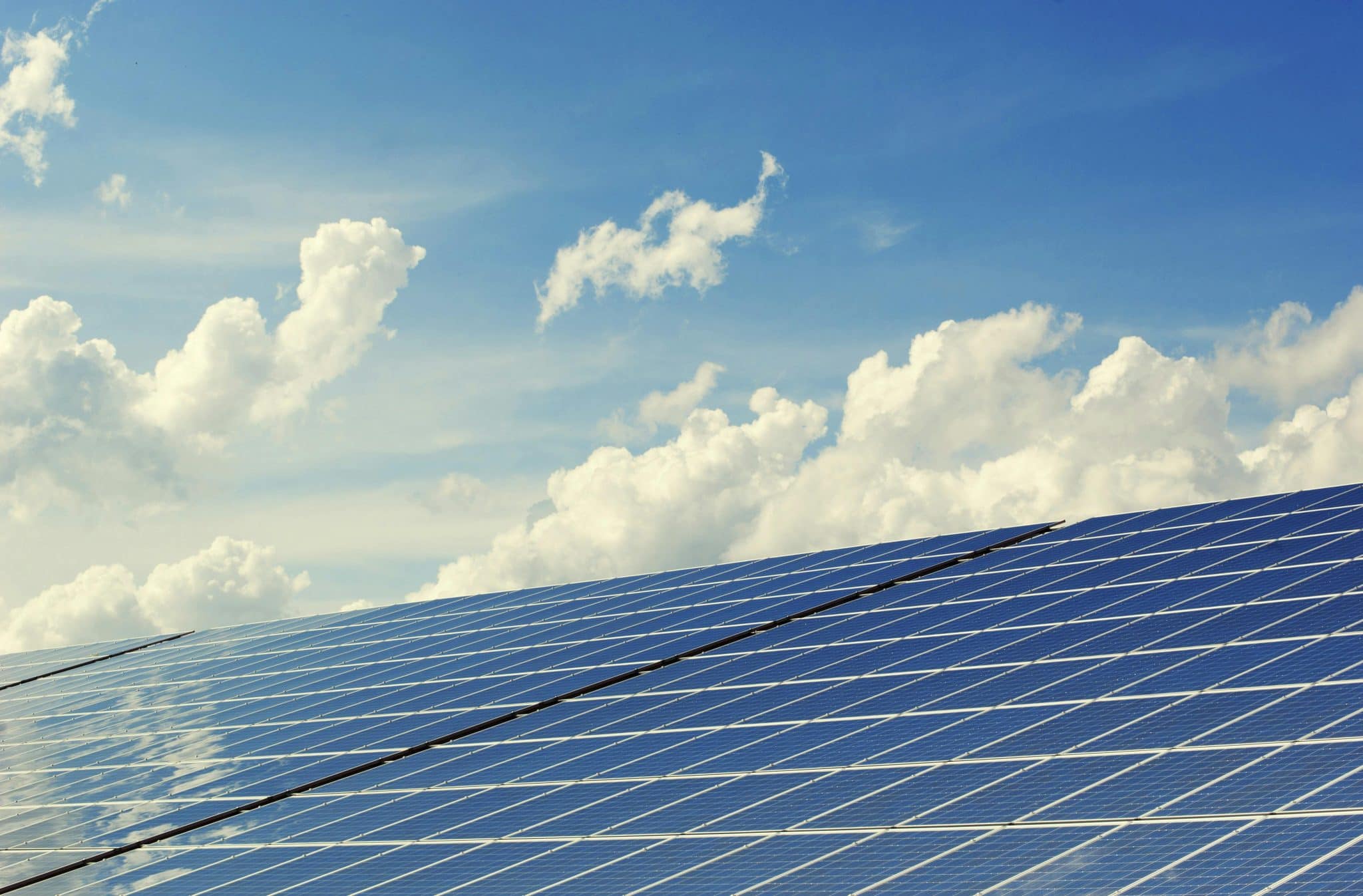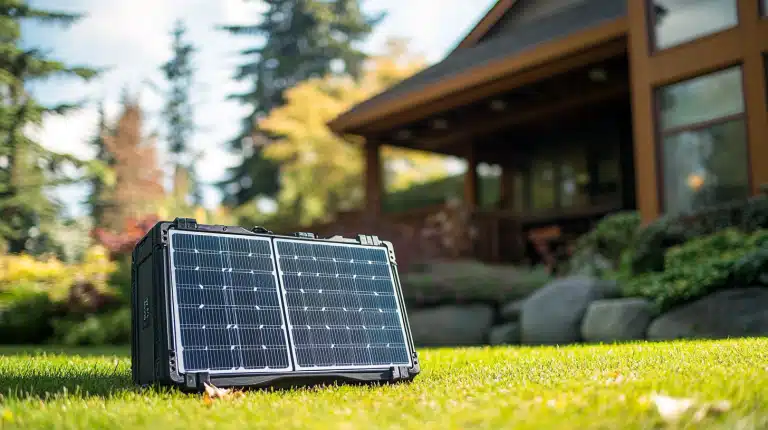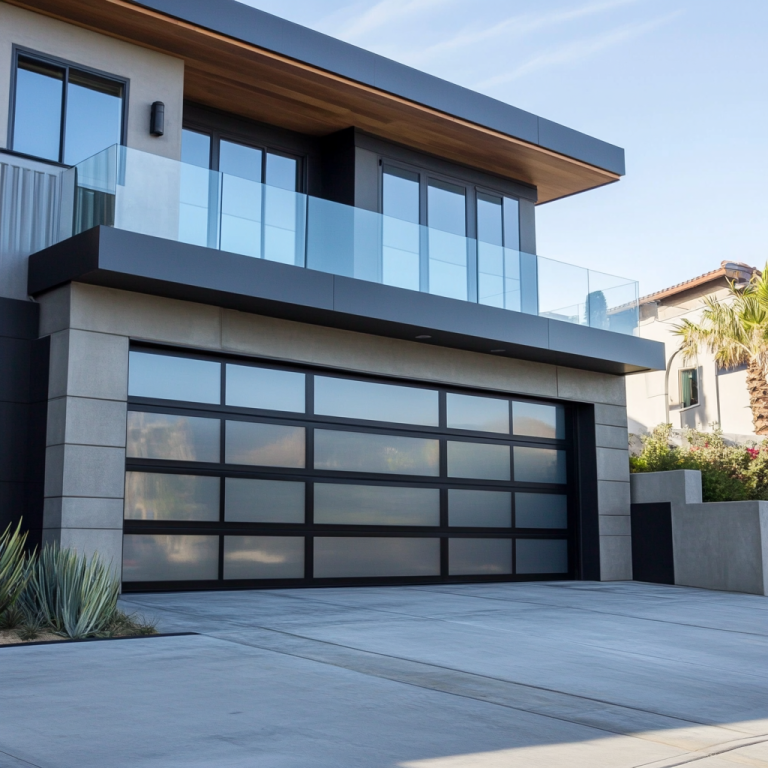Discover the Optimal Size of Solar Panels for Your Home
According to the Solar Energy Industries Association (SEIA), as of May 2024, the U.S. had five million solar installations. SEIA also forecasts this number to double within six years. Currently, 97% of all existing solar installations in the U.S. are on residential rooftops.
So, if you’ve finally decided that 2025 is the year you join the millions of U.S. homeowners who are saving a lot by going solar, the next step is determining the size of solar panels you need. There are several ways to go about this, but worry not; we’re here to explore them all with you.
Read on for our solar panel sizing guide, which includes tips on maximizing your installation so you can make more informed decisions.
Understanding the Size of Solar Panels
The first step in determining the optimal size of solar panels is to understand key sizing terminology. In many cases, solar panel size refers to the number of solar cells they contain, the most common being 60 and 72 cells. Additionally, the number of cells in a solar panel dictates their capacity, which can also denote size.
60-Cell vs. 72-Cell Solar Panels
The dimensions or physical size of a 60-cell solar panel varies from one make to another but is generally around 5.5 feet by 3 feet and weighs about 40 pounds. Given that a 72-cell panel has more solar cells, expect it to be longer and heavier: approximately 6.5 feet by 3 feet, weighing roughly 50 pounds.
The size of solar panels you should get depends on their installation location. Because 60-cell solar panels are shorter and weigh less, they’re the ideal residential solar panel size.
On the other hand, 72-cell panels are the standard for commercial installations, as these buildings typically have more expansive roof areas. Commercial roofs tend to be more robust, too, and since many are flat, they can accommodate more panels, even the heavier 72-cell ones.
Solar Panel Capacity
In addition to solar panel dimensions, solar panel capacity or output, measured in watts (W), is another way to determine size. It refers to the amount of power they can generate in ideal conditions.
Because 60-cell panels have fewer solar cells, they usually have lower outputs than 72-cell ones (350 to 400 watts vs. 415 to 460 watts).
Manually Calculating Your Solar Panel System Size
Now that you know more about the size of solar panels, the next step is determining the appropriate system size.
For example, suppose you’re installing a residential solar panel system, for which you’ll likely use 60-cell panels. In this case, you must consider the following factors to plan your system size.
Your Home’s Average Electricity Use
You need your electricity bills for the last 12 months to calculate your home’s average electricity use. Once you have them, do the following:
- Look for the monthly electricity consumption
- Add all 12 figures
- Divide by 12
For the sake of simplicity, let’s use the average annual residential electricity consumption in the United States. According to the latest data from the U.S. Energy Information Administration (EIA), it was 10,791 kilowatt-hours (kWh) in 2022.
Following the instructions above, your calculation should look like this:
- 10,791 kWh divided by 12 = 899 kWh
So, in this scenario, your home’s average monthly electricity use is 899 kWh. If you want to go completely solar, your solar panel system must be big enough to generate 899 kWh of power each month.
Your Area’s Average Peak Sun Hours
Solar panels are most efficient during peak sun hours (when the sun’s intensity reaches or exceeds 1,000 W/m²). During this time, they’re most likely to achieve their maximum output (for example, a 60-cell panel with a 400-watt rating could produce 400 watts per peak hour).
Peak hours vary considerably from state to state. As you’ll see in this guide from Renogy.com, Arizona has the most, with 7 to 8 peak hours daily, while most other states get about 4.
Solar panels will still generate power outside those hours, provided sunlight hits them. However, they would do so at a lower capacity than during peak hours.
The Size of Your Roof
Your roof’s size will also affect the size of your solar panel system: the larger your roof, the more panels it can accommodate. The more panels you install, the greater your solar panel system’s overall output.
So, let’s say you plan to get 60-cell 400W panels and live in Arizona. Each panel’s daily peak sun hour generation should be about 3,200W (400W X 8 hours) or 3.2kW (3,200W divided by 1,000)
Next, consider your monthly electricity use and convert it into daily figures (we’ll use 30 days as a rough average). So, for a monthly use of 899 kWh, the daily average is about 30kWh (rounded off).
Since each of your 60-cell 400W panels should ideally produce 3.2kW daily, ten panels would be enough to meet your daily average consumption of 30kWh.
Choosing a Full-Service Solar Company
Manually calculating your solar panel system’s ideal size can give you an estimate of how many panels you need and how much your installation will cost. However, considering all the variables involved, this can only be a rough estimate.
So, if you want the simplest way to determine the appropriate size, consider working with premier solar panel installation services. By enlisting a full-service installer, expect them to:
- Conduct an initial consultation and on-site valuation
- Establish you’re a good candidate for solar (e.g., your roof gets enough direct sunlight)
- Confirm your roof can support the weight of the solar panels
- Determine the correct (and accurate!) system size tailored to your energy needs and usage habits
- Acquire all necessary permits for the system installation
- Provide tips and advice regarding solar incentives
- Install the system using high-quality materials and per industry standards
Start Saving With the Right-Sized Solar Panel System
The size of solar panels you should get depends on whether they’re for a residential or a commercial building. If you’re installing them on your house, go for 60-cell panels with the highest possible capacity you can afford.
And if you’re still feeling lost, don’t forget that a highly experienced and reputable solar installation company can help you determine your best options, from the appropriate system size to the best equipment available today. For more home improvement ideas and tips, browse our latest informative posts!







